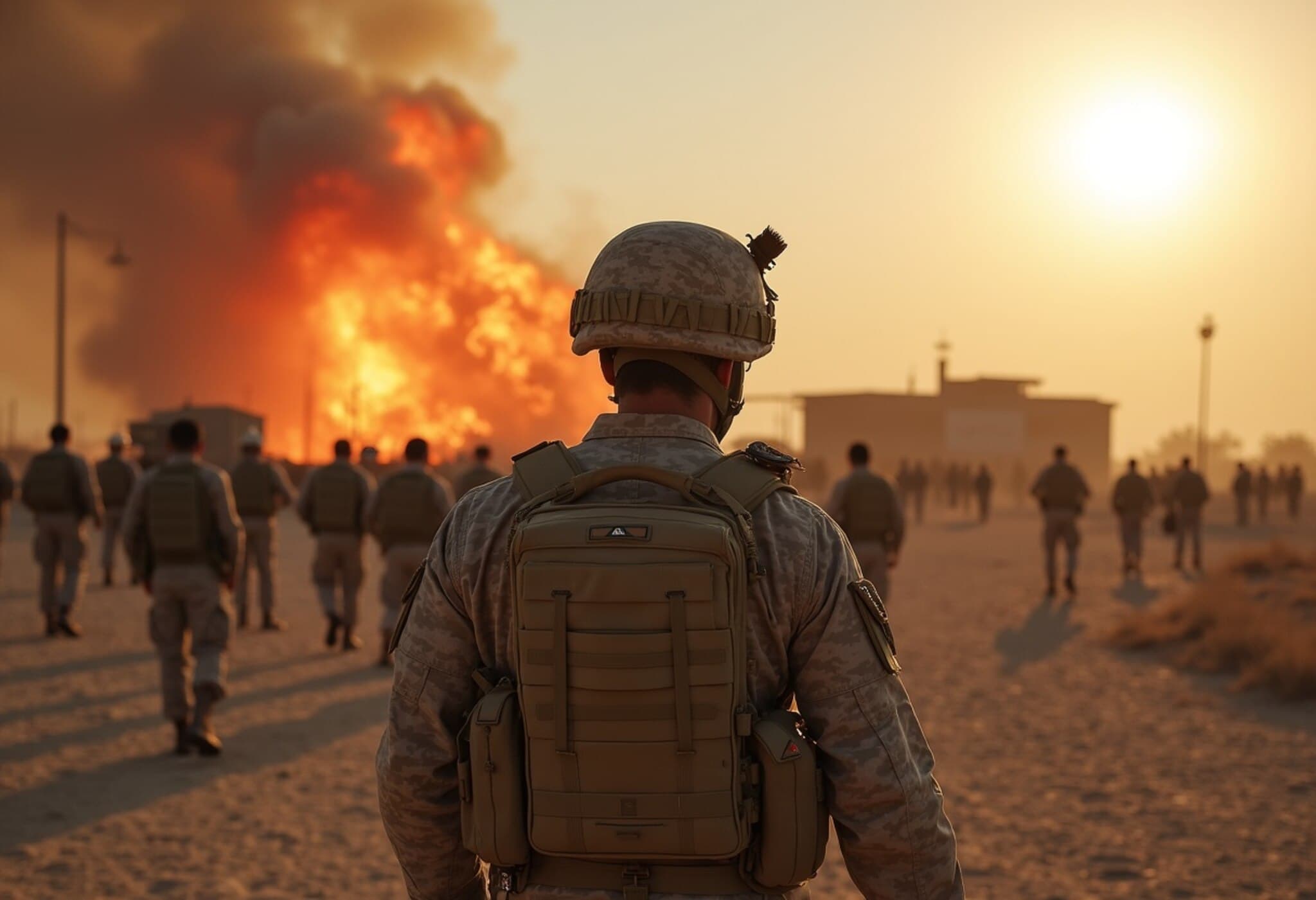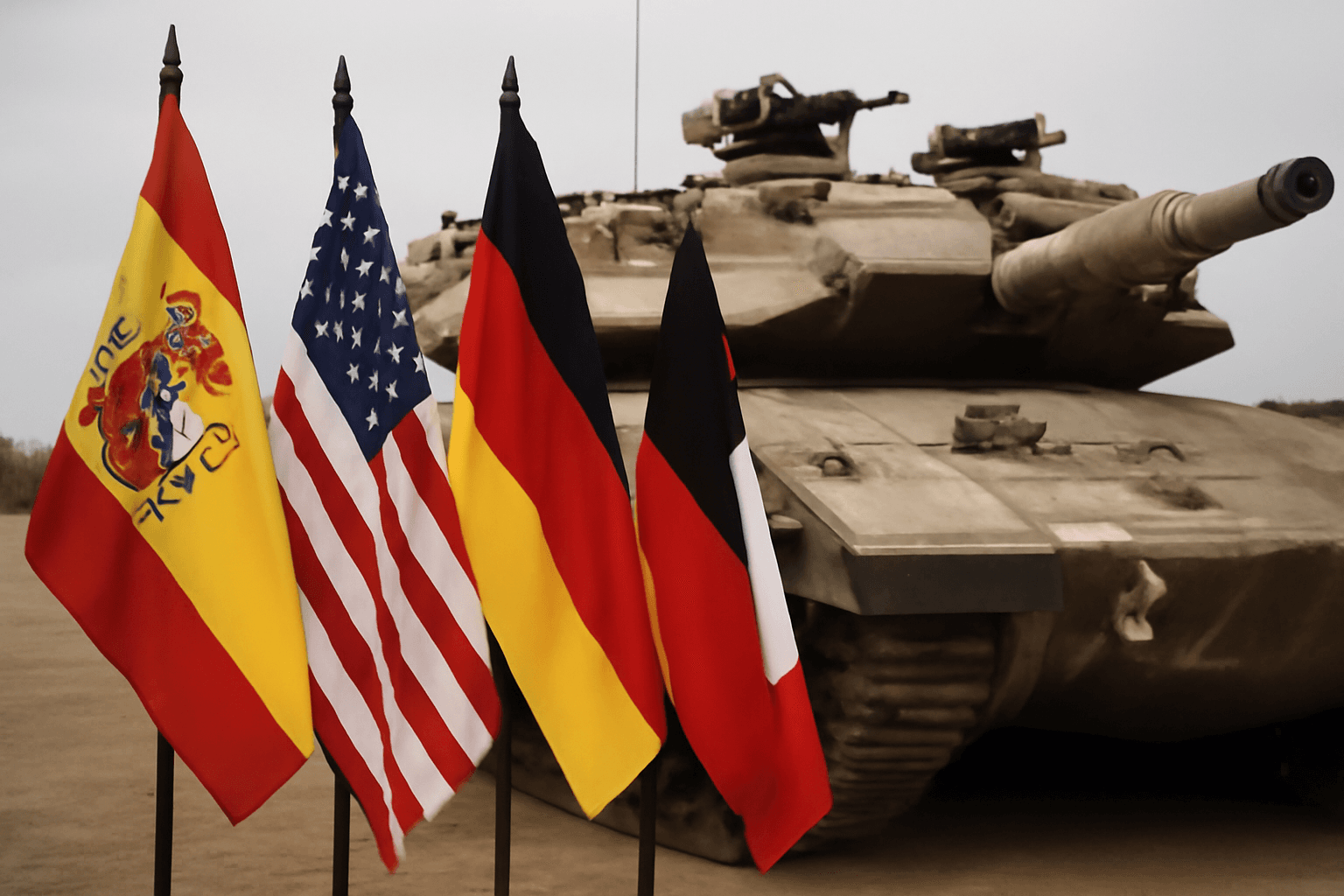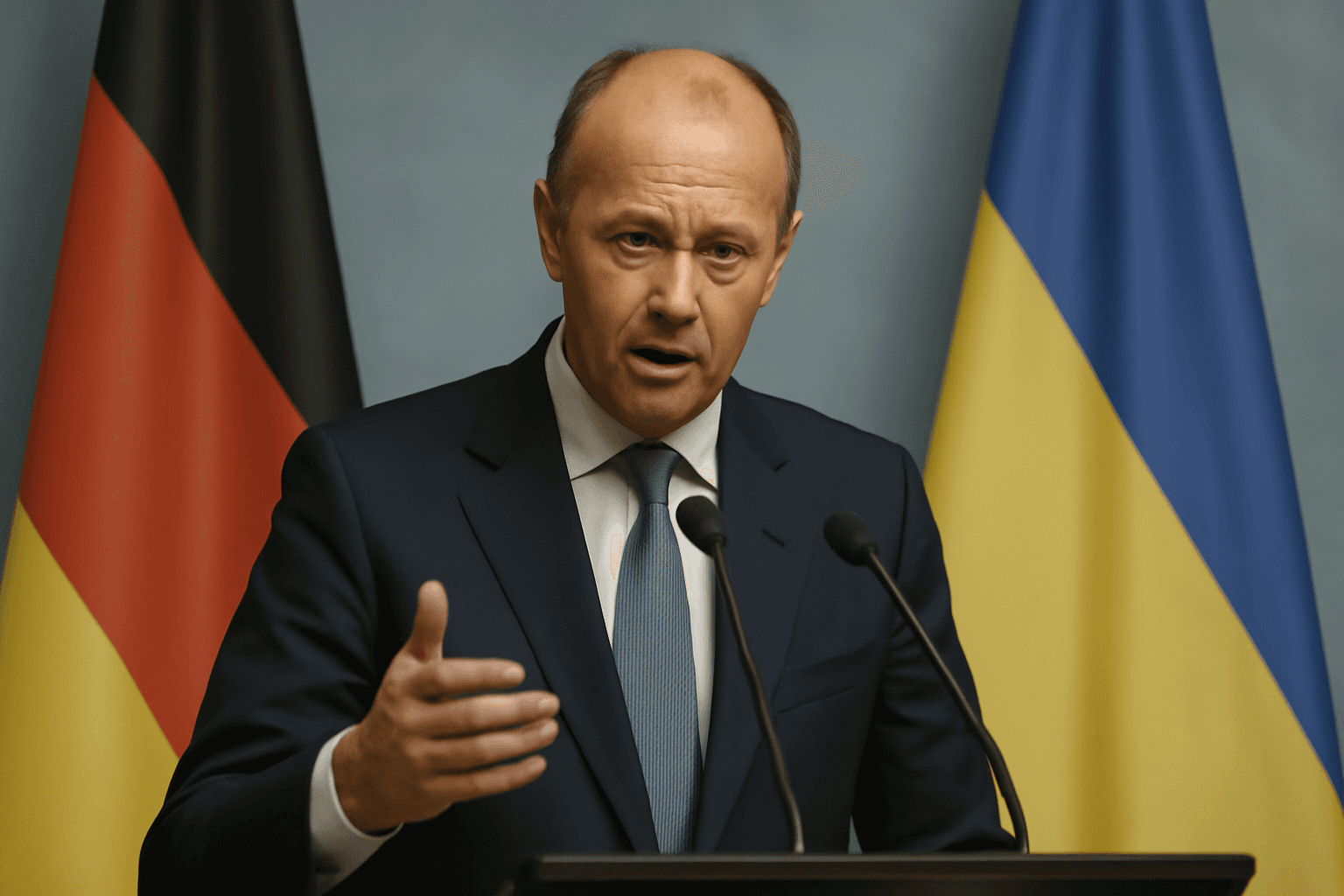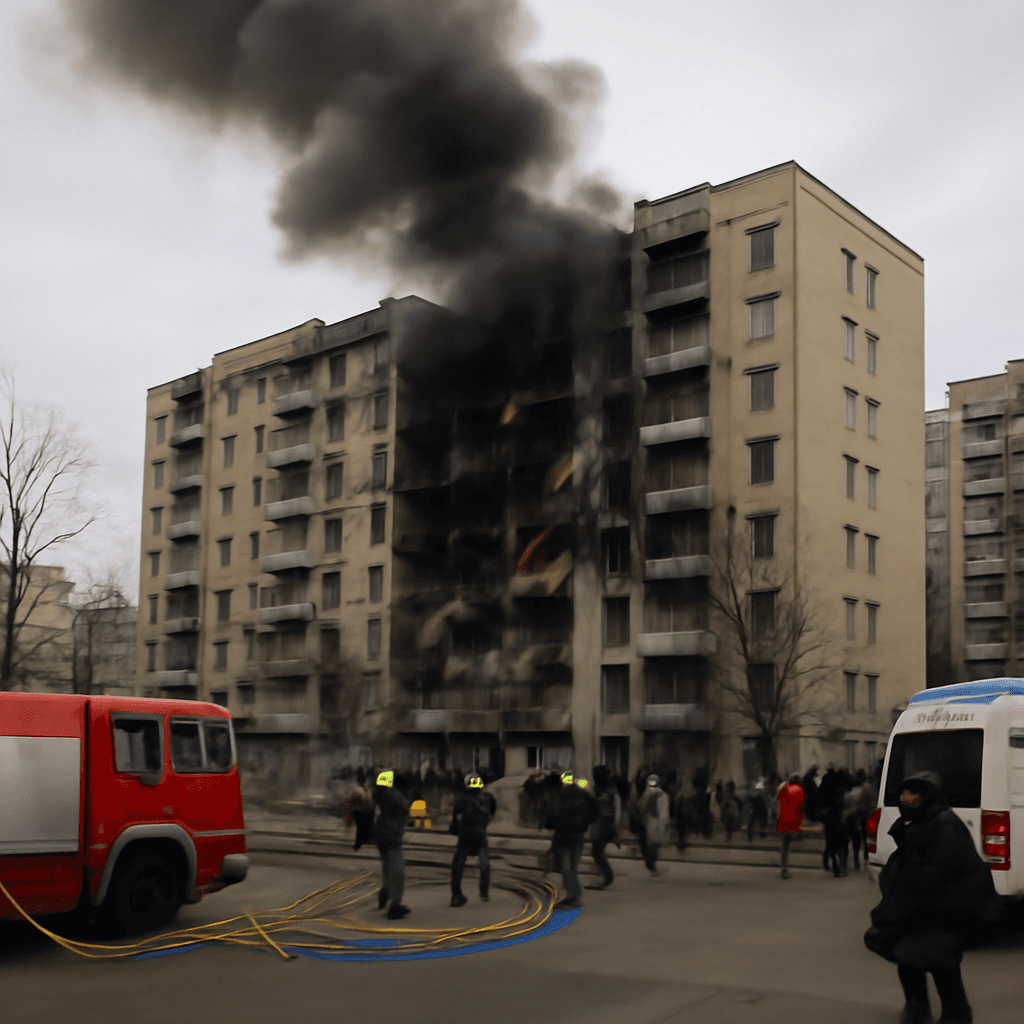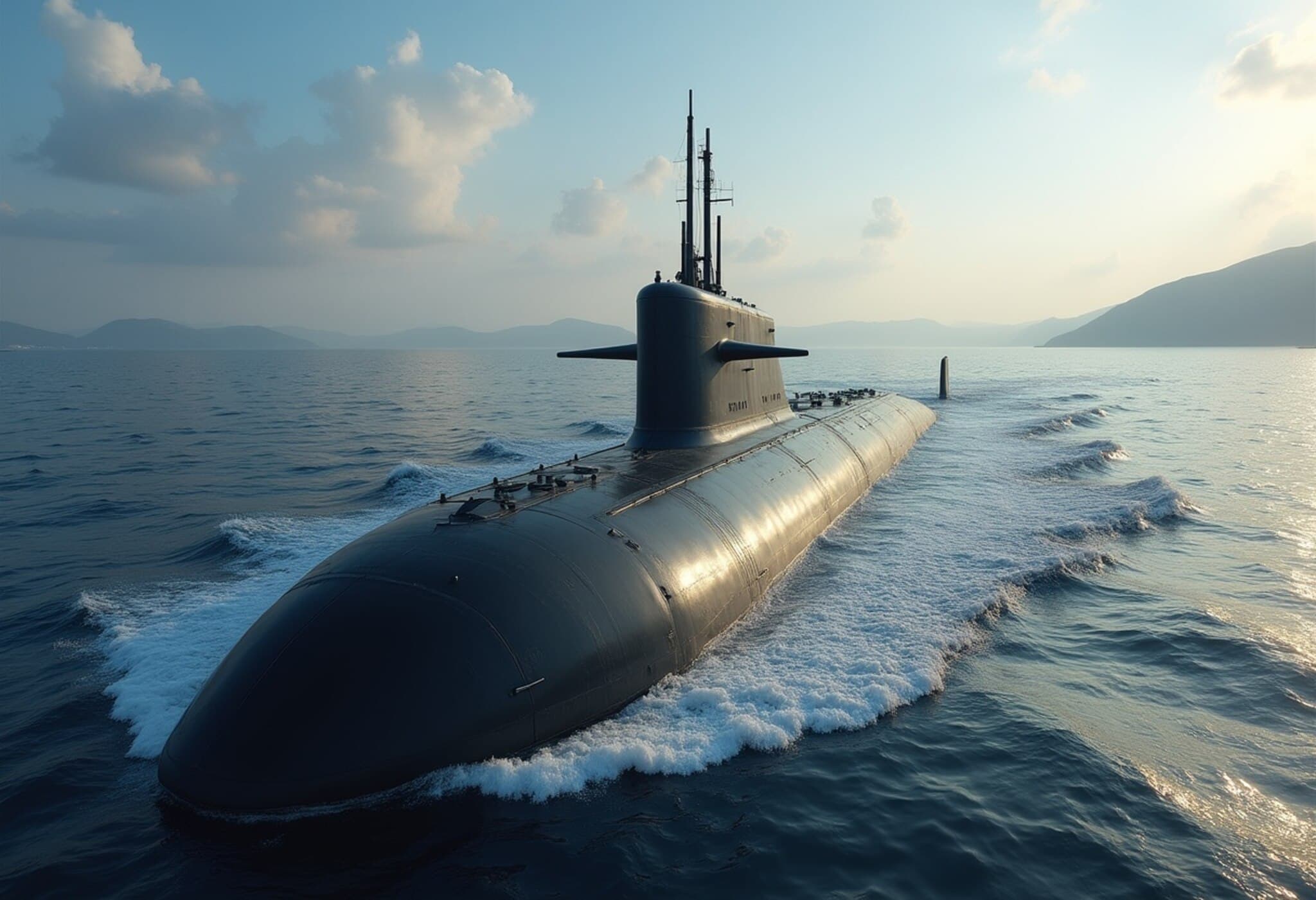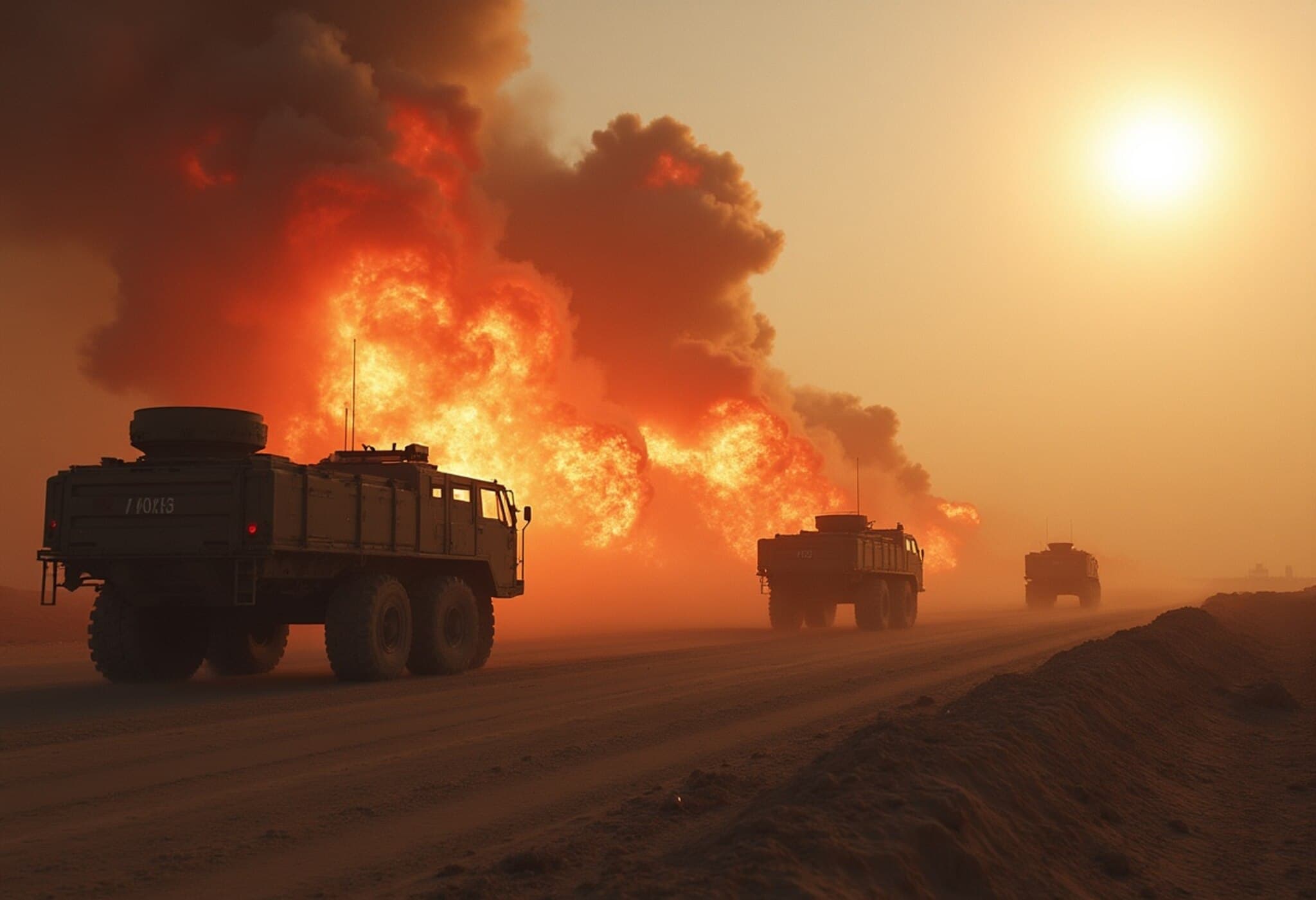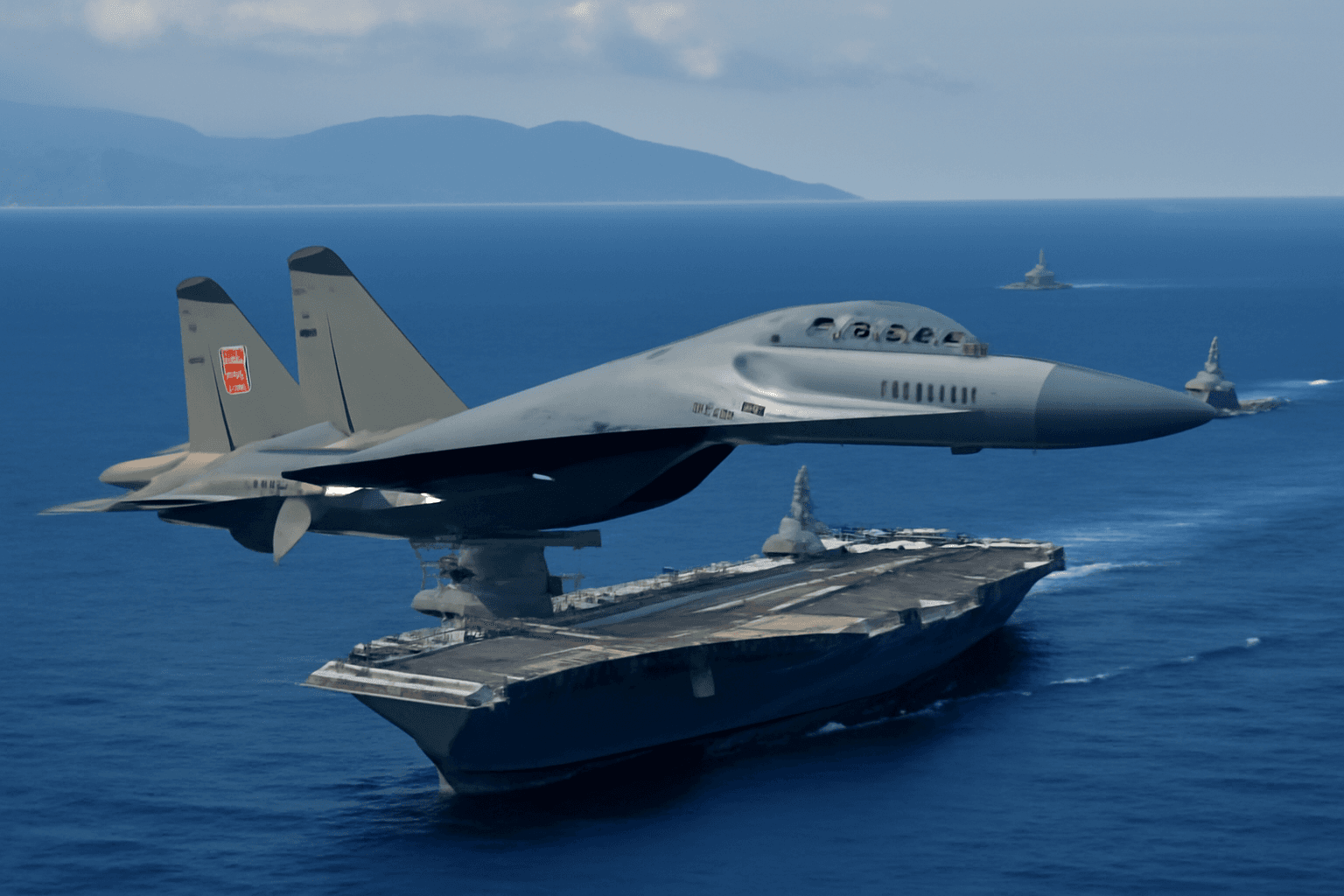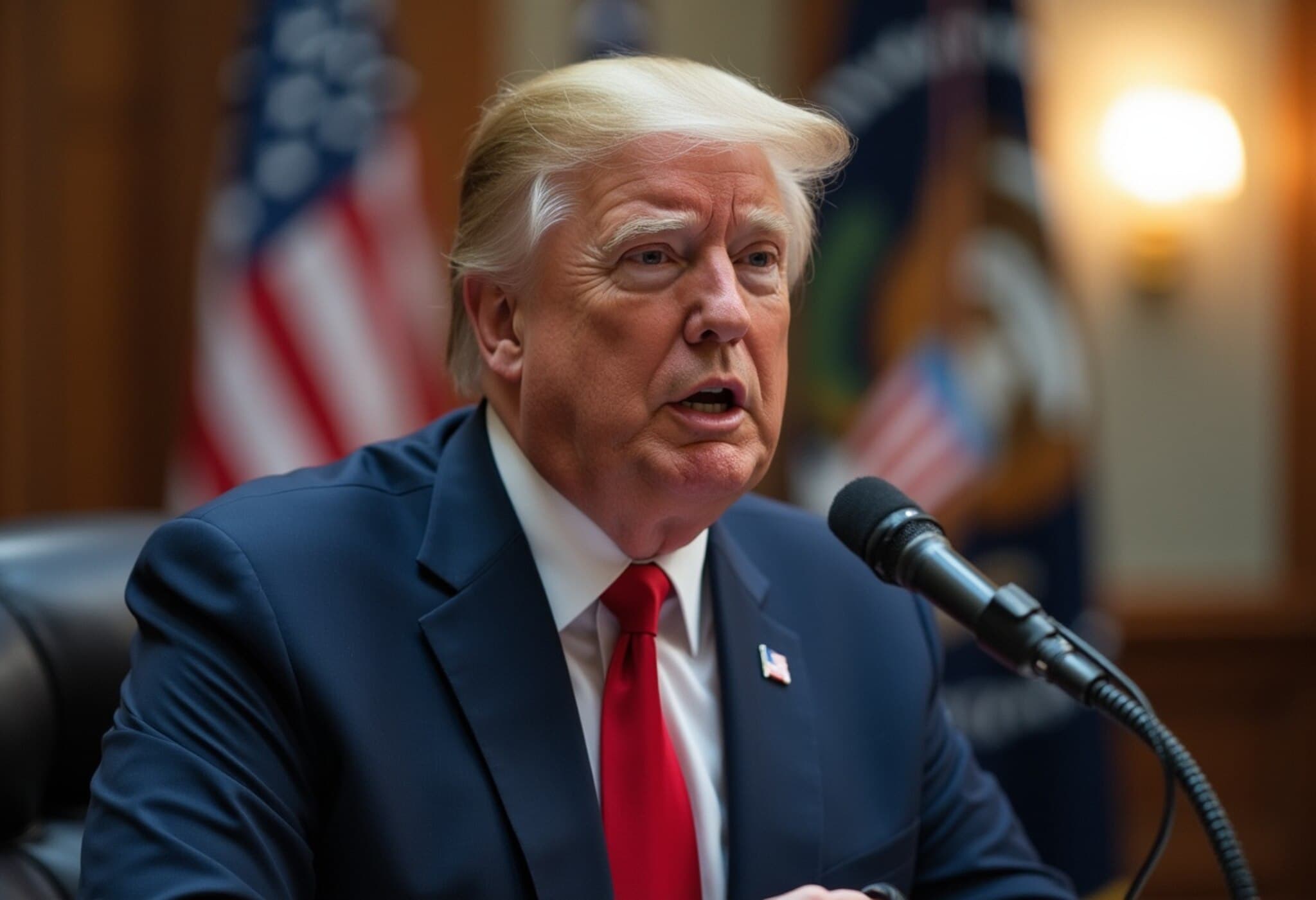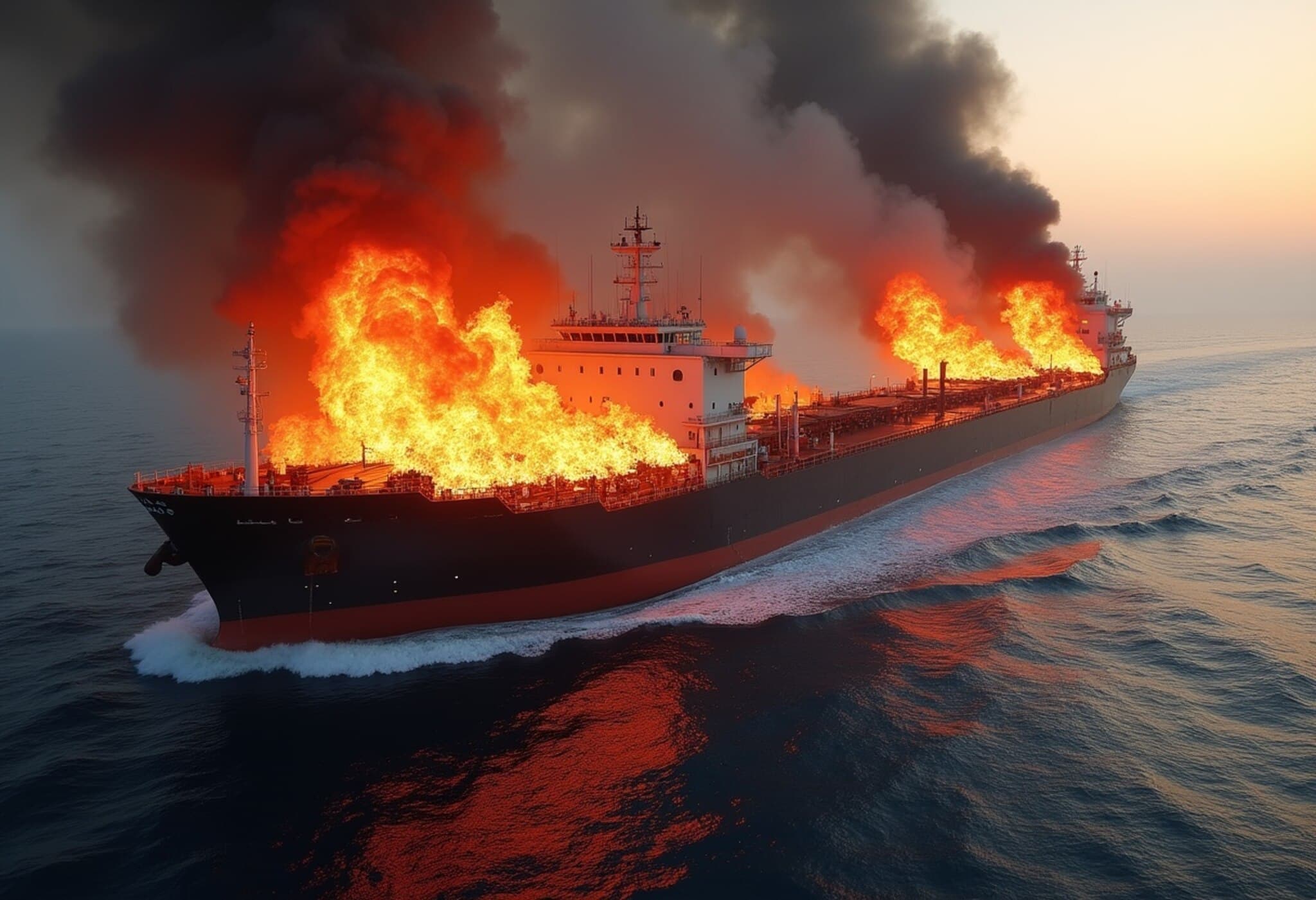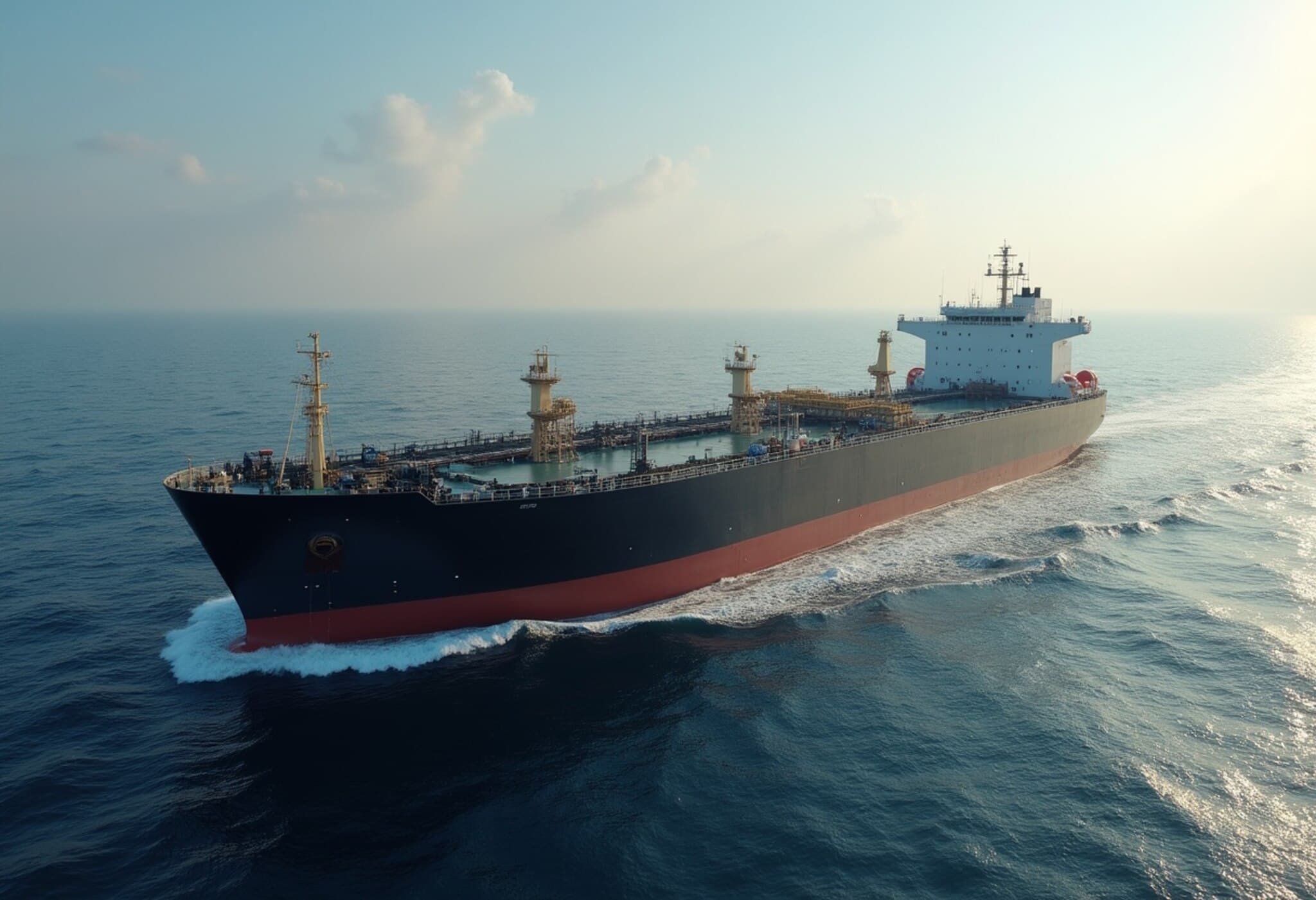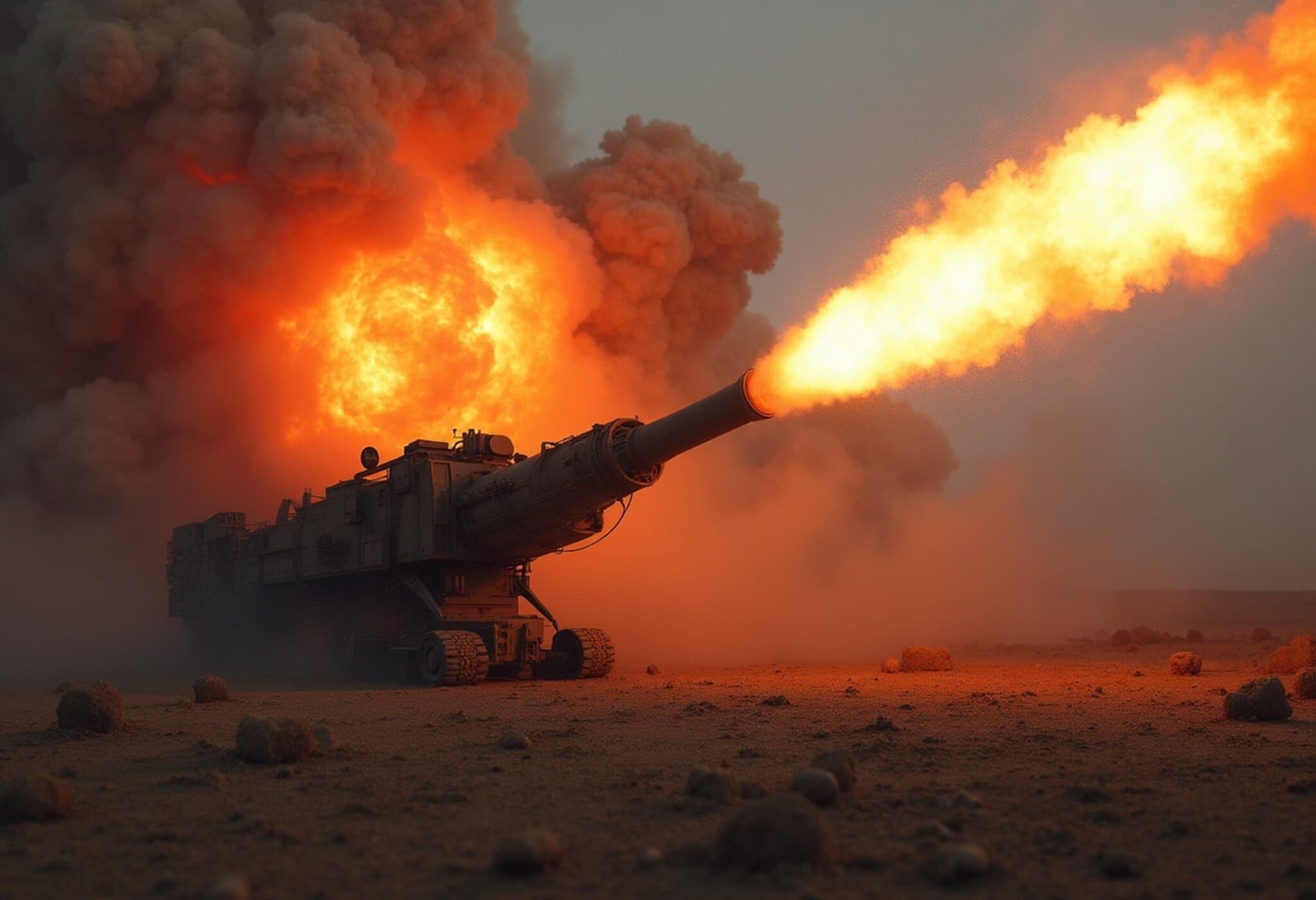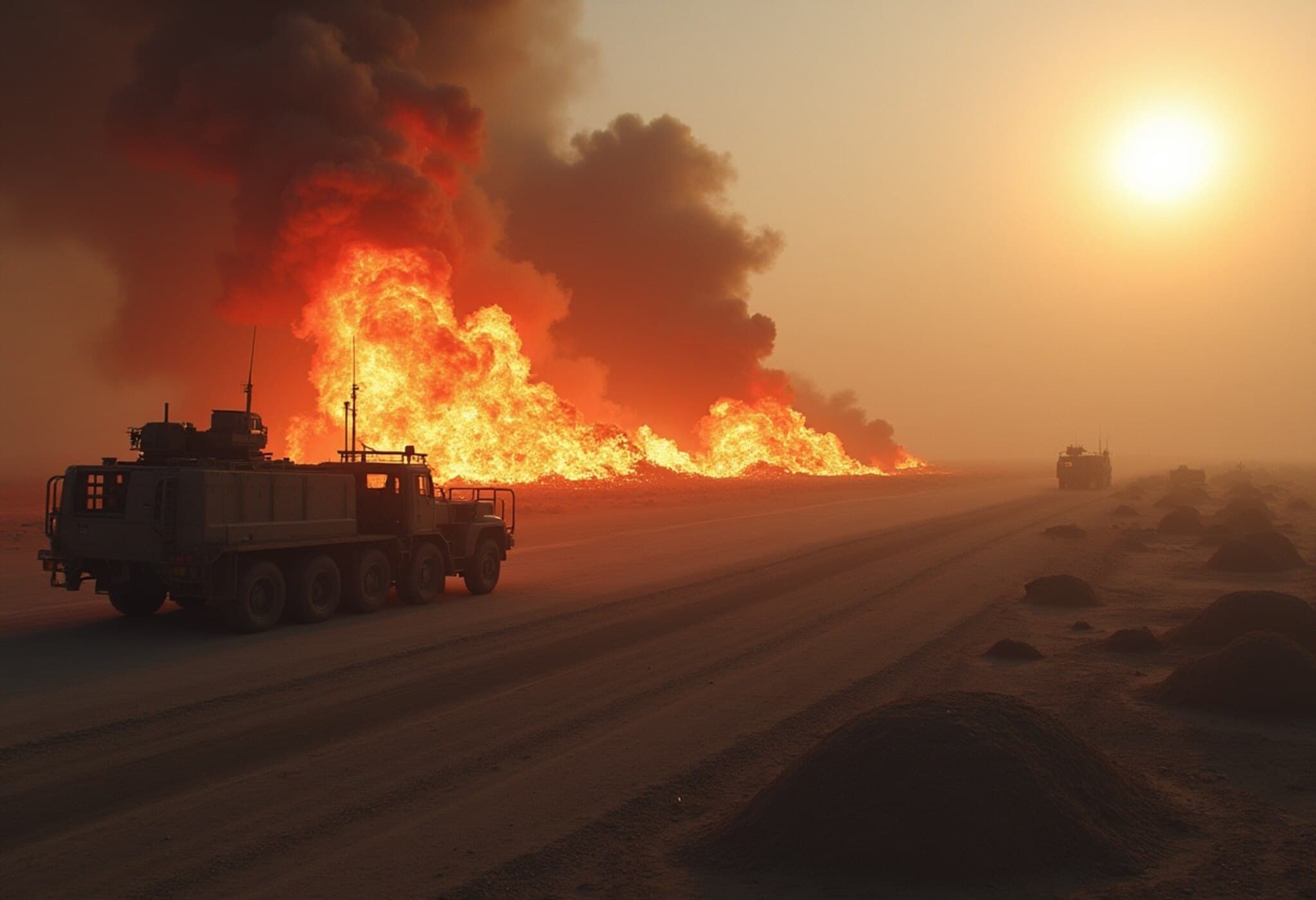US Strikes Iran Nuclear Sites: A New Front in Middle East Tensions
The United States has escalated the ongoing Israel-Iran conflict by launching strikes on three key Iranian nuclear facilities. The targeted sites—Fordow, Natanz, and Esfahan—represent critical elements of Iran's nuclear program.
Following the operation, the US President declared that all aircraft safely left Iranian airspace after delivering a "full payload of bombs" on the Fordow site, praising the effectiveness of American forces and calling for peace. Nevertheless, tensions remain high as Iran has vowed retaliation.
Potential Targets: Where Could Iran Strike Next?
Iran’s ability to retaliate is significant given the concentration of American military installations and assets in the Middle East. The risk extends beyond military bases to include US embassies in regional countries and could potentially widen the conflict into a broader regional crisis.
US Military Bases Under Threat
- Al Udeid Air Base, Qatar: The largest US military base in the Middle East, housing a significant American presence.
- US Navy Fifth Fleet Headquarters, Bahrain: A strategic naval hub in the Persian Gulf, critical for US maritime operations.
- Al Asad Air Base, Iraq: A key installation that was attacked by Iran in 2020; it hosts thousands of US troops and is one of the largest deployments in Iraq.
- Harir Air Base, Erbil, Iraq: Known for attacks by Iranian proxy forces, this base remains vulnerable.
- Al Tanf Garrison, Southern Syria: Near Iraq and Jordan, this base was the site of a deadly attack by Iranian-backed militias that killed US personnel.
- Ali al-Salem Air Base, Kuwait: Located close to Iraq, it houses elements of the Air Force’s 386th Air Expeditionary Wing.
- Al Dhafra Air Base, United Arab Emirates: This base operates advanced fighter jets and surveillance aircraft, playing a crucial role in monitoring the region.
Strait of Hormuz: Iran's Strategic Chokepoint
Beyond direct attacks, Iran holds a powerful card—the ability to disrupt global energy supplies by threatening to close the Strait of Hormuz. This vital waterway channels about 25% of the world’s oil and roughly a third of global liquefied natural gas. Such a blockade would have dramatic economic and geopolitical consequences worldwide.
US Response and Force Protection Measures
In light of increased risks, US Defense Secretary emphasized enhanced security for troops stationed in the region. Measures include maximum force protection and the authorized voluntary departure of military dependents from various Middle East locations.
Despite the heightened danger, US leadership remains firm in supporting the recent strikes as necessary actions, while maintaining vigilance over the safety of American forces amid the potential for Iranian retaliation.

